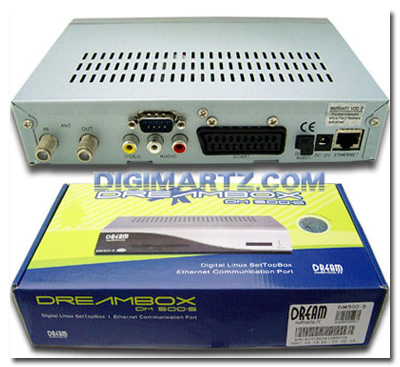|
|
 |
Knowledge Is Key
For Intelligent Decisions
Satellite Logic is a leading,
authoritative source of information in
the Satellite Industry. Located in the
heart of the Silicon Valley, Satellite
Logic provides one of the most
valuable and comprehensive
knowledge bases on the Satellite
market! This is a primary Worldwide
information center which enables our
clients to analyze, evaluate, inquire
and select their best tailored
solutions. Our company sets the
industry standards for targeted
buying leads, reflecting a dramatic
advance over traditional marketing
solutions.
|
|
|
 |

One of the main components of your satellite TV system is the receiver.
Whether a regular receiver or HD receiver, this is the final station of the
broadcast from the satellite towards your TV set.
The two major satellite services providers - DirecTV and Dish Network
offer free satellite receivers with their packages. Since they're installing
the entire system, you don't need to worry about the receiver and how
it fits the other components. But let's have a look at the average satellite
receiver.
The rear panel of a satellite TV receiver includes card access, the receiver
ID number, AC power input, phone jack, Dolby digital outputs, antenna
input (if you wish to connect to an off satellite antenna or analog cable
system), TV/VCR output, S-Video Output, Component Video Output and
the Sat In, which connects the coaxial cable from the satellite dish
antenna. If you're trying to install it by yourself the instruction manual
will give you all the relevant information.
The main objective of a satellite TV receiver is to maximize the strength
of the incoming signals from the satellite. This job is done equally well by
an analogue satellite TV receiver or a digital satellite TV receiver. The
receiver comes with various features such as an advanced program
guide, parental controls, multi-satellite capabilities, universal remote,
etc. Digital satellite TV receiver has digital audio output and can record
up to seventy hours.

While satellite TV may seem like a complicated technology, the system is
quite easy to understand when you break it down into its components.
Satellite providers transmit their broadcast signal, including all your
favorite programs. The programs are received by a satellite in orbit, then
broadcast back down to Earth, where your satellite dish receives the
signal. The signal is converted to a lower frequency and sent to the
satellite TV receiver (satellite box) and then on to your TV.
The satellite TV receiver is responsible for decoding the encrypted
satellite signal, processing it and forwarding the video and audio
information to the TV. When you subscribe for the satellite service, your
satellite TV receiver is activated and the decoder chip in the box allows
you to receive the package of programming you've subscribed to. The
satellite signal is encrypted so that only paying subscribers can receive
programming.
One other important feature of the receiver is to convert the
programming signal from the digital format to an analog format, so that
the TV set can be able to pick up and process. Obviously, if you have a
more modern and advanced TV set, there is no need to convert the
signal.
Your satellite TV receiver not only receives the broadcast, it will also help
you in selecting the right channel and program. In addition to decoding
and converting the signal, the satellite receiver also segments the large
broadcast signal into the individual channels and then sends just the
signal for the channel you've selected to the TV, allowing you to watch
the program that you want to see. If you have signed up for a High
Definition package your receiver will send an HD signal to your HDTV.
Moreover, your receiver will be able to display your favorite program
while recording a program you don't want to miss, which is displayed at
the same time on another channel.
If you've ordered a package that includes a Digital Video Recorder, the
satellite receiver will contain a built-in DVR allowing you to record
programs and pause live programming. If you choose to order on-
demand or pay-per-view packages, the satellite TV receiver
communicates with the provider's office via telephone line sending
information about the programming you've ordered for billing purposes.
|
|
|
|
